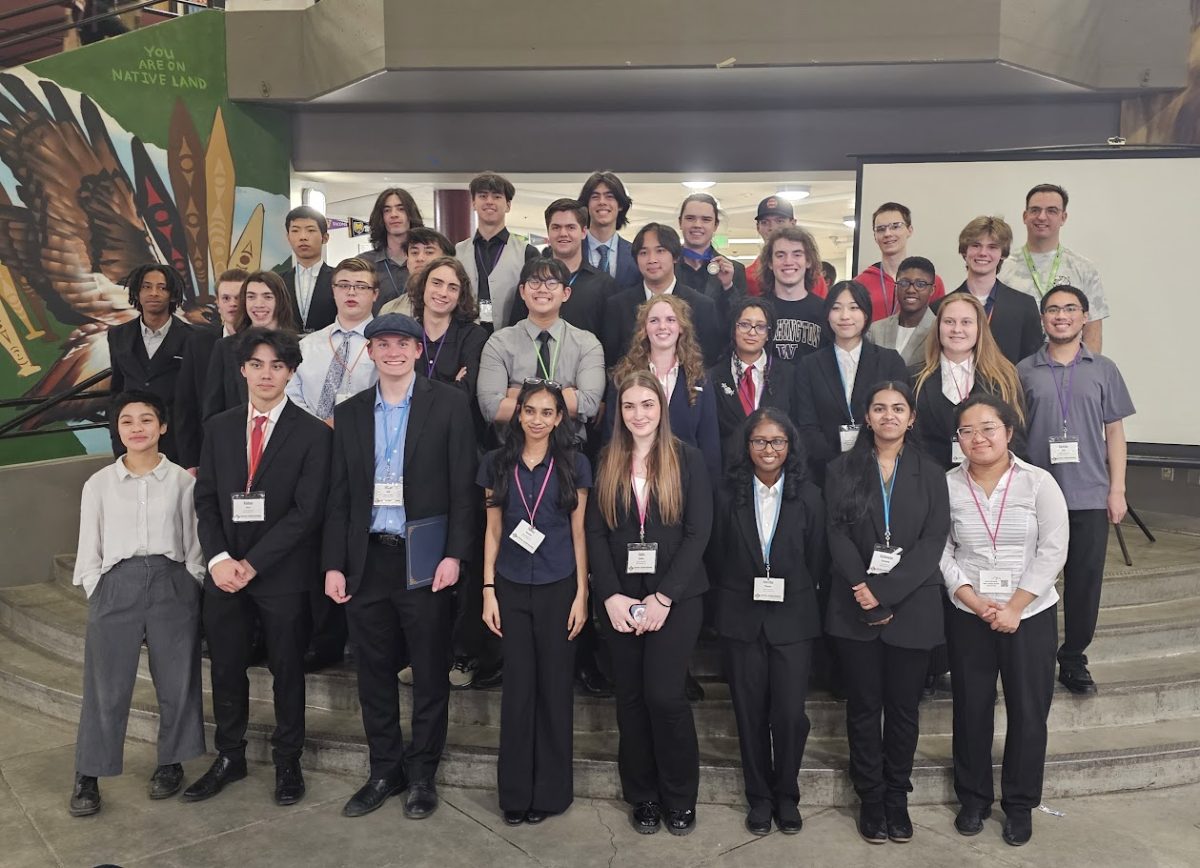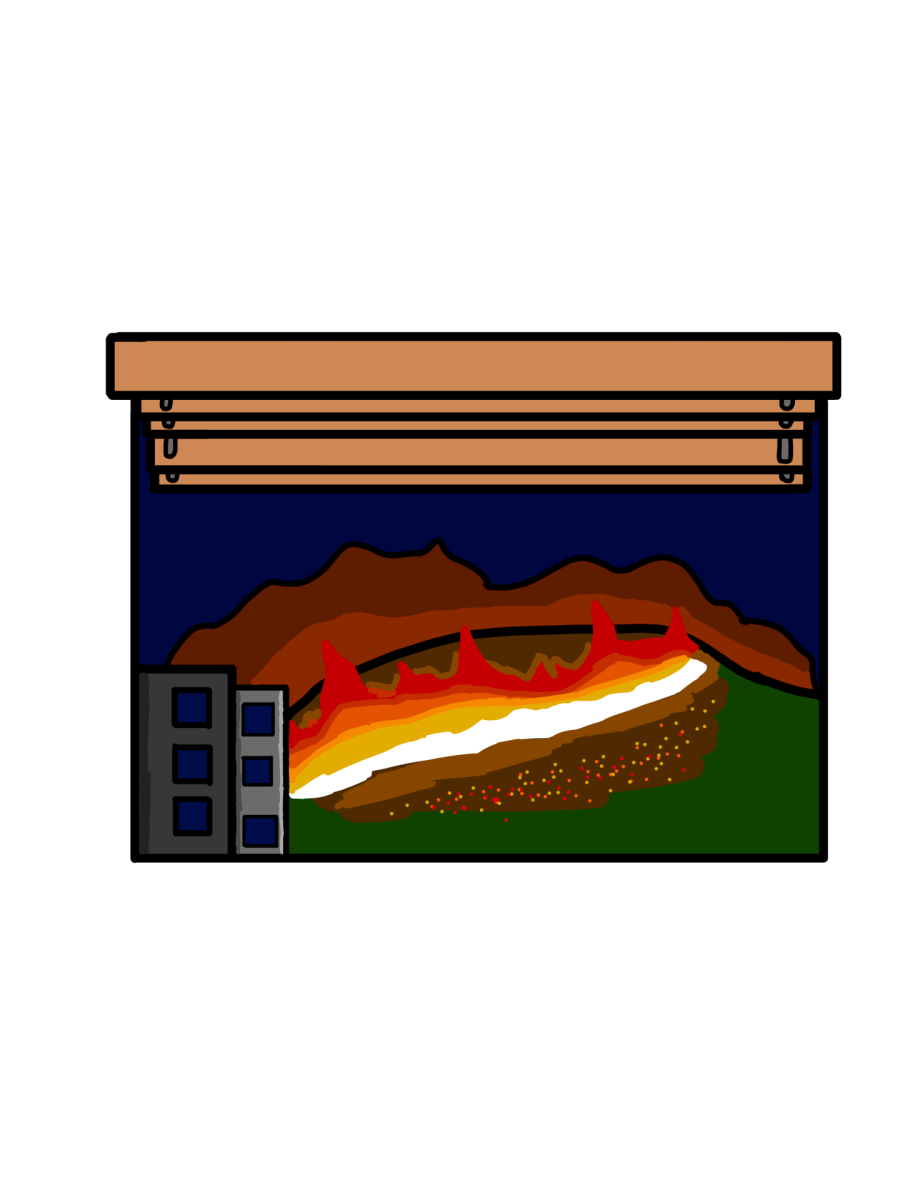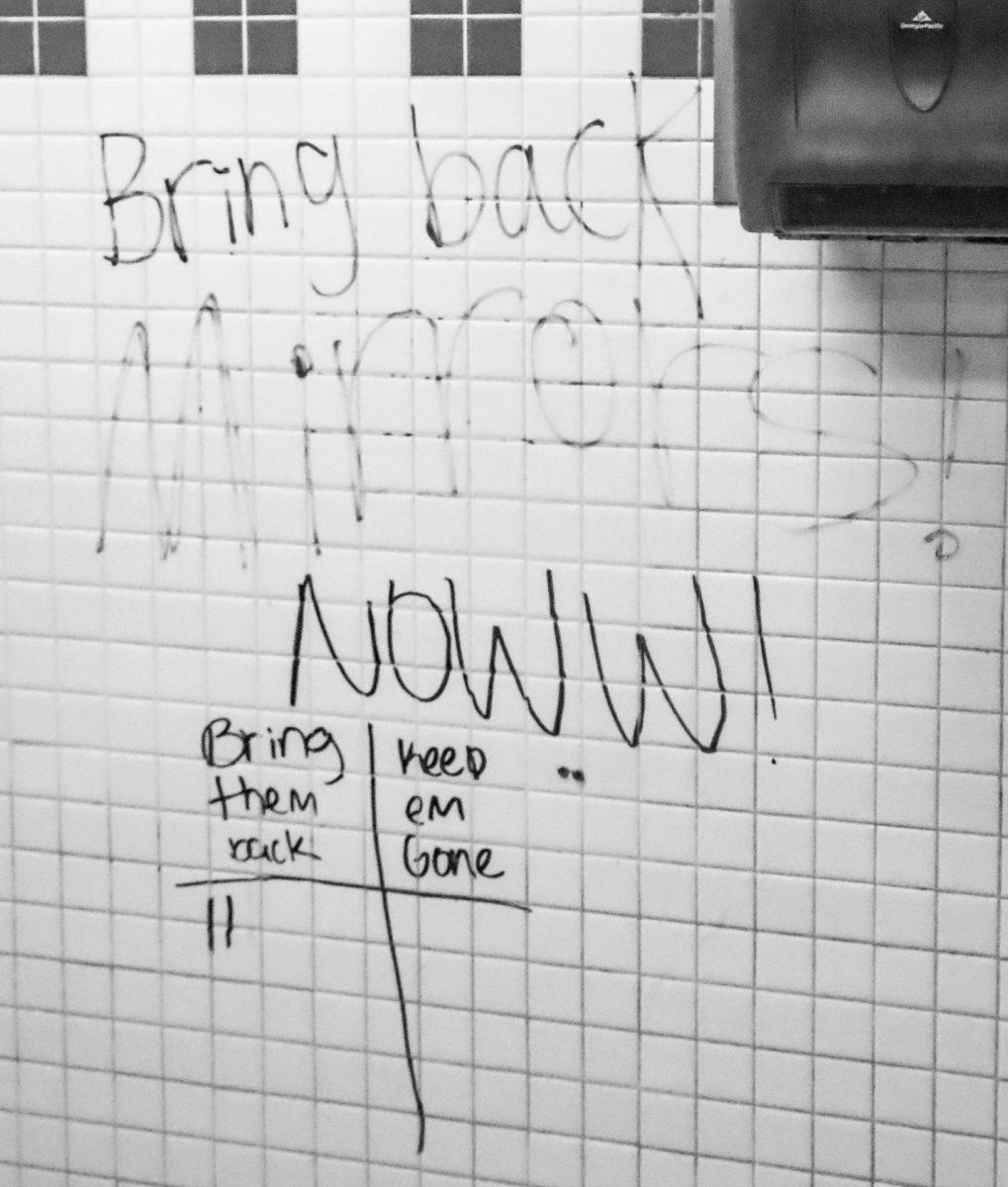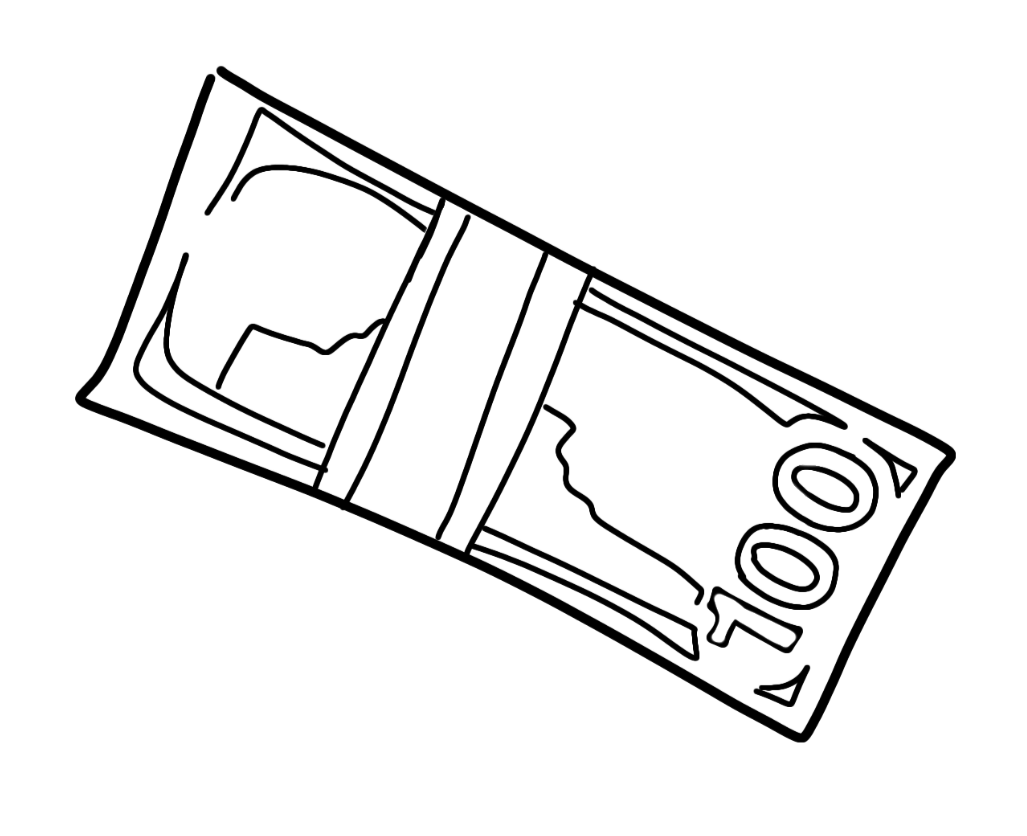The actual number of enrollment this year at MTHS is roughly 1289 students. This year’s current class enrollments are as follows: 323 for freshman, 306 for sophmores, 349 for juniors and 311 for seniors. MTHS is significantly smaller than it was eight years ago. This year, though, enrollment actually stayed just about the same as it was last year.
“All of our staffing is based on enrollment and so the more students we have the more staff we have to have classes for the students. So when our enrollment goes down, we lose teachers,” Principal Greg Schwab said.
According to Schwab, enrollment and staffing doesn’t affect class size because the school is funded based on an enrollment of 24.7 students for every teacher and so that formula stays the same regardless of how big we are. “It doesn’t really affect class size when our enrollment decreases, it just means that we have fewer teachers but our class sizes stay roughly the same.”
“We’re funded on 24.7 to 1, that’s what we base our funding on, but our actual class sizes are closer to 32 to 1. That’s the number we use for class sizes. There are classes that are bigger than 32, but there are also classes that are smaller than 32. So if you look at our average class size across the building, it would be roughly about 32 to 1,” Schwab said.
Numerous studies present a correlation on the impact of class sizes to student outcomes. At MTHS, Schwab comments, “I think the bigger the classes, the harder it is for teachers to get to know all of their students very well. But sometimes you have to make a decision about class size to help support student learning in one area. For example, we have intentionally put our class sizes smaller for math classes, algebra one classes because that’s a really important class for our ninth graders to do well in. So we want to make sure that we’re supporting them to do well in Algebra One. So in order to help make that happen, we’ve increased class sizes in foreign languages for example. That way we could have a few more sections of math to keep class sizes small. The tradeoff is we have bigger sections of Spanish.”
When there are too many students in a classroom, Schwab says that “teachers also have received extra compensation when their class sizes go above 31. They get extra pay for the extra work that having bigger classes creates for them.”
For cases when there are classes that are too small, cuts are made after the school year starts and sends teachers to other high schools where classes are really big. In those cases classes are closed and some classes are combined.
MTHS is not for open enrollment; however, it is a high school that is open to transfer, so other students can transfer to MTHS. Schwab adds, “They’d have to request a transfer to the district office but [in] our district, you go to the high school where you live. So we don’t have kids that go to any high school they want, they have to apply to go to a different high school. But we are open to transfers. We have quite a few students here that go to other high schools.”






